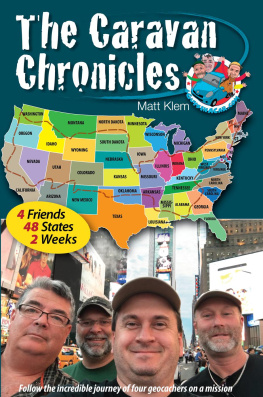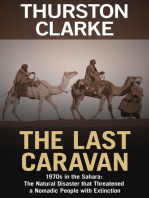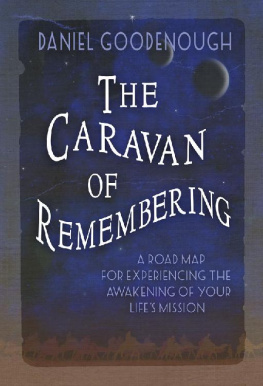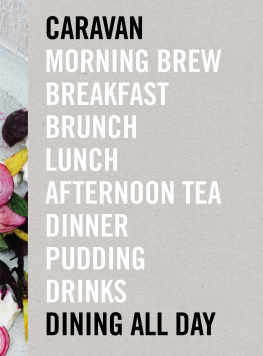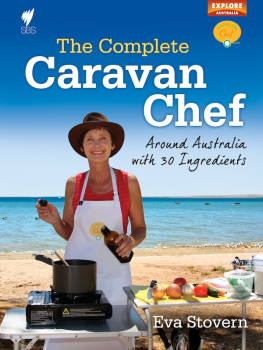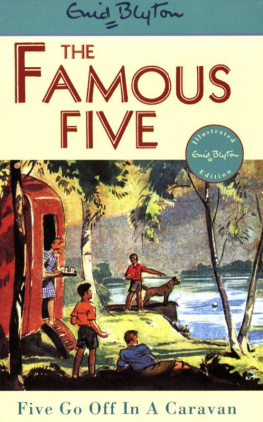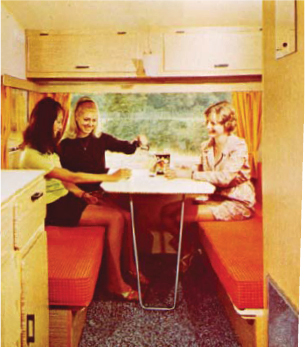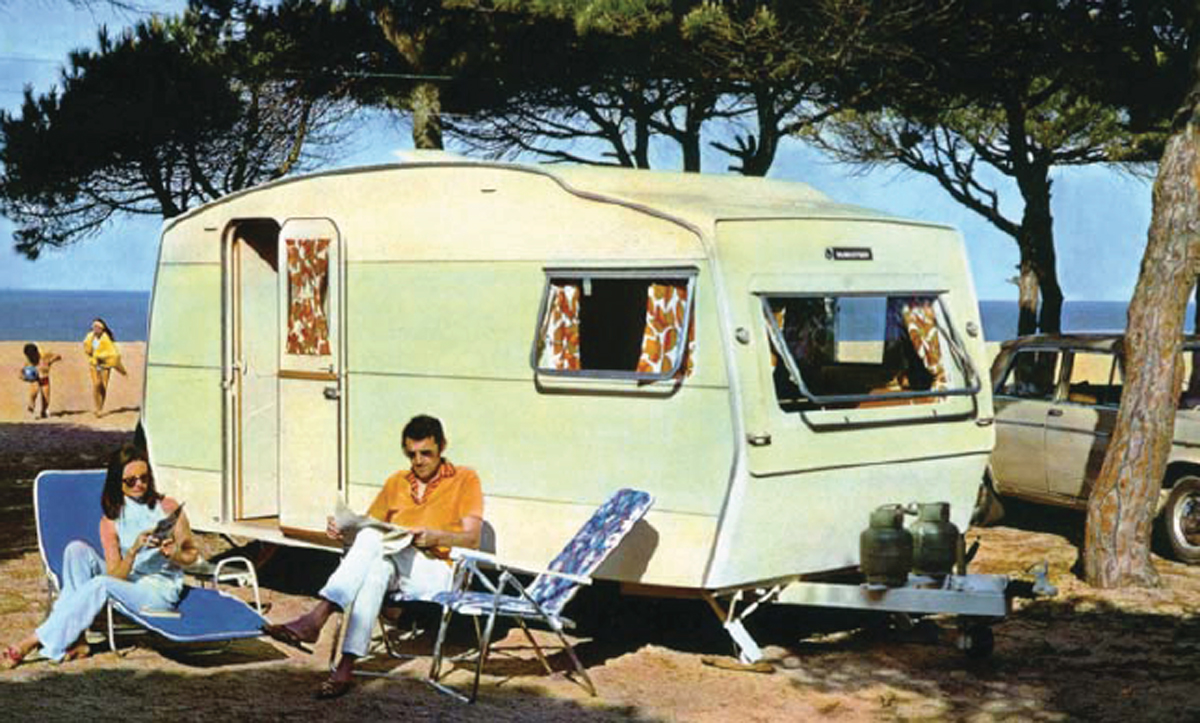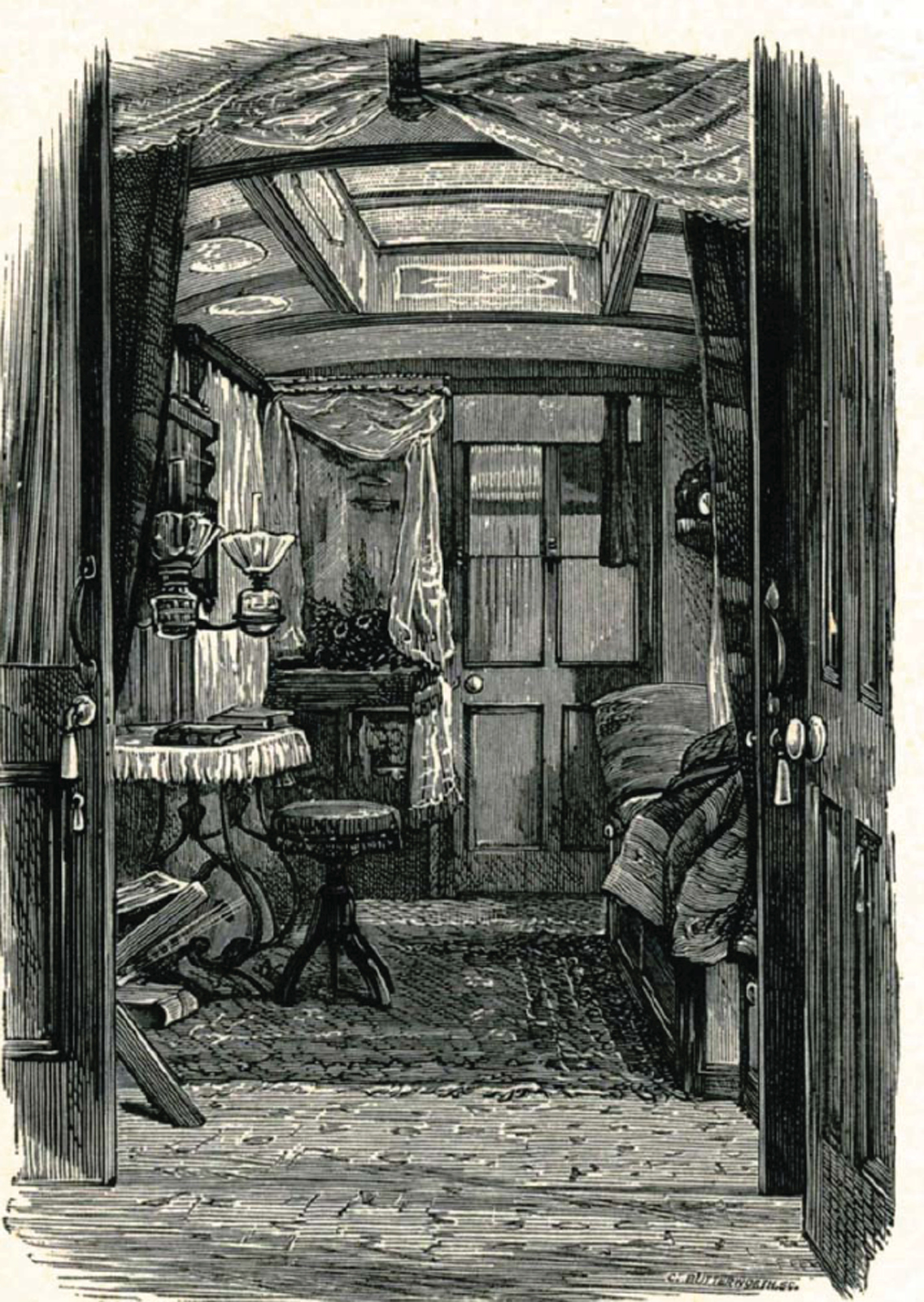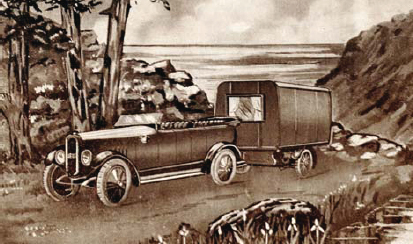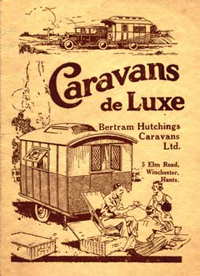THE TOURING CARAVAN
Andrew Jenkinson
Owners of a 1970s Astral Apollo make the most of its facilities.
The 1971 Sprite Musketeer, an export model. Sprite had dominated the entry-level market through the 1950s and 1960s, but by the mid-1970s sales began to slip.
CONTENTS
Dr Gordon Stables caravan, The Wanderer, its interior fitted out as a bachelor gentlemans flat. Stables wrote several books in his caravan about his caravanning adventures.
EARLY BEGINNINGS
T HE IDEA OF having mobile holiday accommodation in the form of a caravan came about in the nineteenth century, amongst members of the upper class who had a romantic vision of roaming the highways and byways of Britain and sampling life as a gypsy family might do (the phrase Gentleman Gypsy comes from this era). The difference was that their caravans were looked after by servants, who would usually be accommodated in a nearby tent the home comforts these rich caravanners enjoyed were far removed from the realities of gypsy life.
Of course no caravan sites as such were available: a stopover meant finding a patch of land and simply making camp! Often a farmers field by a river was chosen and in payment eggs and milk would be purchased. This seemingly idyllic gypsy life inspired one man to write diaries of his travels laying the foundations of the leisure touring caravan experience we know today. This pioneering caravanner was Dr Gordon Stables.
Stables designed his caravan and had it built for him by the Bristol Coach & Wagon Company in 1885. He named it The Wanderer, and it was later donated to the Caravan Club. As an ex-Navy man and writer of stories for boys, he wrote about his exploits in his Land Yacht (connecting his travels by road with his seafaring days). His books were read with interest, and by the early 1900s the growing band of rich caravanners formed an exclusive club, which would bring like-minded people together. It was to be simply named the Caravan Club and was formed by J. Harris Stone in 1907, and grew slowly.
Horse-drawn caravans were popular until the First World War; this is a more primitive design with the kitchen being placed outside. This photo was taken c. 1907, at the time when the Caravan Club was founded by J. Harris Stone.
This period of time saw the true beginnings of the combustion engine. Motoring was taking off though it was expensive and it wasnt long before some caravan users looked at putting a caravan body on the chassis of an early lorry or even car; this new idea was given the name motorised caravan, a name that would stick many years later. The future looked decidedly uncertain for the horse-drawn caravan, mainly because by 1914 many horses had been requisitioned for the First World War, to be used on the front lines.
Car design at this time, however, was improving fast in terms of reliability and affordability. This progress would inspire the likes of Frederick Alcock in 1914 to build a trailer caravan for his 1913 Lanchester car. Streamlined for that period, its design resembled the shape of the Sprite 14 some forty years later. Alcock didnt put it into production, building it entirely for his own use.
The car-pulled caravan did not evolve into a fully-fledged touring caravan until after the First World War; it was after 1919 that several makers of caravans would become prominent. Winchester, Car Cruiser, Eccles and Raven were best known, with many obscure makers following in their wake. Names such as Red Rics, Ensor, Piggott, and Cliffe were some of the lesser-known early pioneers of caravan manufacture in the early 1920s.
Soon after Eccles, other small concerns began building car-pulled trailer caravans in the early 1920s, such as Cliffe, who built mainly to the customers specification.
Caravan production was a hand-built affair and construction and design harked back to the horse-drawn caravans. The Caravan Club at first refused to let these new motorised caravans and trailer caravans into the club. After the war, horse-drawn caravans were still used, but this would change as motor caravans and trailer caravans gained popularity.
In 1914 the Rileys father-and-son team (confusingly they were both named Bill) built a primitive motorhome, on a 1909 Talbot chassis. The plan was to produce these on a commercial scale, but the war put an end to the venture. When Bill Riley Junior was de-mobbed he convinced his father that trailer caravans had a future though his father wasnt totally convinced. However, by 1919 the Eccles Transport Company (a run-down concern that the Rileys had purchased after the war) had produced a motor caravan and a touring caravan. Both were sold so the decision was made to go into serious production. But the Rileys would need to market the idea of holidaying with a car-pulled caravan. With prices of 95 or more for a caravan, caravanning would still be limited to the rich.
The first commercially built touring caravan was designed and manufactured in 1919 by Eccles, a company at the forefront of motorhome design and manufacture.
Marketing was left to Riley Junior who towed the Eccles using his Rover car to various parts of the UK promoting the idea. It was a hard and slow process, with some sales being made to companies to either sell or hire out the Eccles caravans at a couple of pounds a week. One such company, The Holiday Caravanning Co. in Oxford, found that those who hired a caravan usually bought one after experiencing a caravanning break. These primitive caravans came equipped with a paraffin stove, lighting and cooking utensils.
No insulation or proper chassis was fitted and the tow hitch consisted of a leather pin coupling on the first Eccles; with no component manufacturers, the sparsely designed chassis was manufactured by the caravan producer. However, Eccles would soon become the true pioneers of both the coachbuilt motor caravan and touring caravan, plus the collapsible caravan design. The company also built showman specials with ornate designs demonstrating their high-quality craftsmanship.
By the early 1920s Bertram Hutchings had turned to car-pulled caravans. Within a few years the Winchester name was used and known for its luxury and quality fittings.
New manufacturers soon appeared emulating Eccles; they saw the potential Eccles had shown in marketing as well as design and manufacture. Wilkinson Cox, founder of Raven and inventor of the caravan screw corner steady, produced his early models resembling horse-drawn designs (it wasnt until the mid-1930s that Ravens became more aerodynamic).



